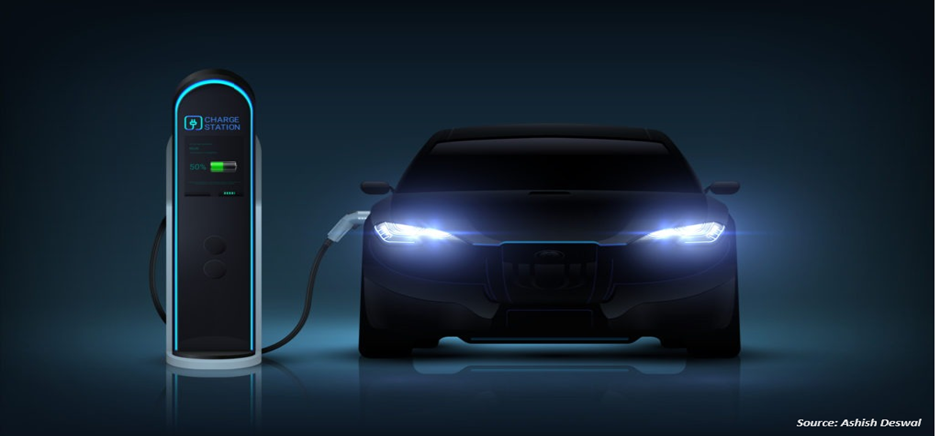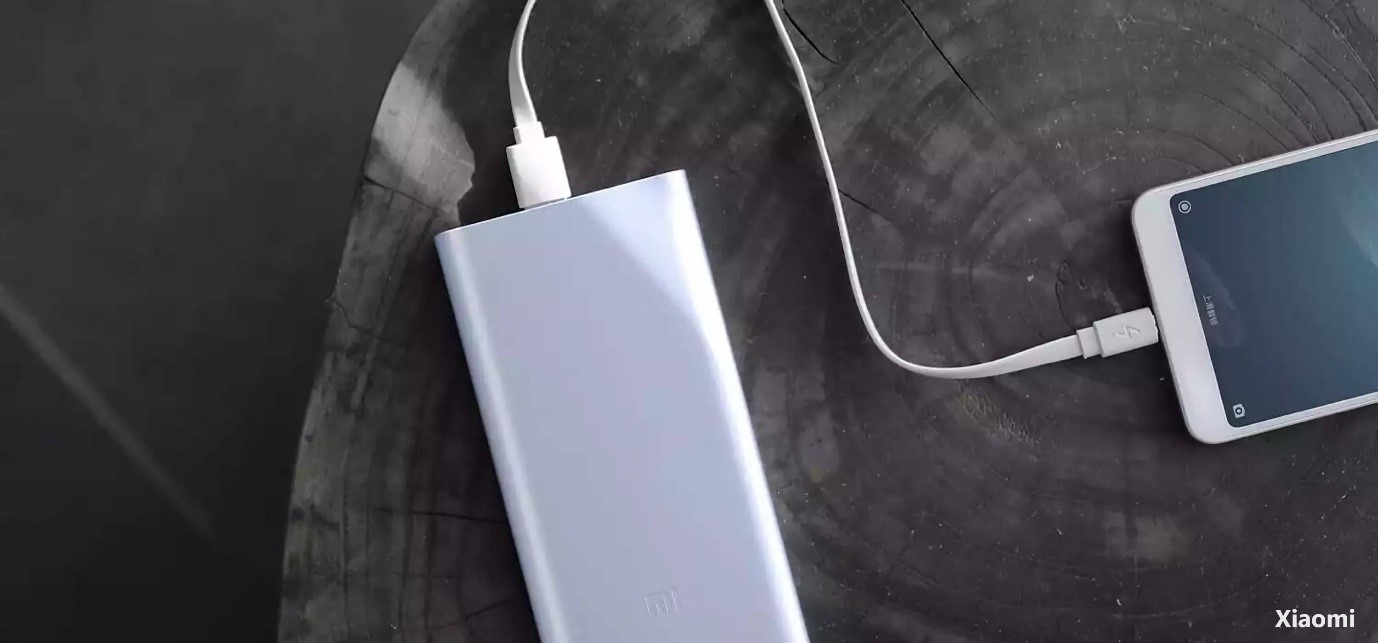
Canada Battery Market by Type (Lead Acid, Lithium Ion, Nickel Metal Hydride, Nickel Cadmium, and Others), by Application (Residential, Industrial, and Commercial), and by Power Systems (Fuel Cell Batteries, Proton-Exchange Membrane Fuel Cells, Alkaline Fuel Cells, Phosphoric Acid Fuel Cells, Solid Oxide Fuel Cells, Molten Carbonate Fuel Cells, Air Cells, Flywheel Energy Storage, Nuclear Batteries) – Opportunity Analysis and Industry Forecast 2023-2030
Industry: Energy & Power | Publish Date: 12-Aug-2023 | No of Pages: 79 | No. of Tables: 55 | No. of Figures: 27 | Format: PDF | Report Code : N/A
Market Overview
Canada Battery Market was valued at USD 4.13 billion in 2022, and is predicted to reach USD 14.95 billion by 2030, with a CAGR of 17.4% from 2023 to 2030.
A battery functions as a reservoir for storing energy, which is later released by transforming chemical energy into electrical energy. This process is achieved by utilizing one or more electrochemical cells. Batteries hold immense significance in our daily routines and can be divided into primary and secondary variants. Primary batteries, often called non-rechargeable batteries, offer a straightforward and convenient power source for a range of portable gadgets such as cameras, watches, toys, radios, and illumination devices. Conversely, secondary batteries, recognized as rechargeable batteries, possess the capability to be replenished once depleted. This distinction underscores the vital role that batteries play in our modern way of living.
Canada's Government Initiatives and EV Promotion for a Sustainable Transportation Sector
Canada is one of the leading countries in adoption of EVs. The government in Canada is promoting the use of EVs and undertaking several initiatives for electrification of public transportation to decarbonizing the transportation sector and transitioning to a low-carbon future. For instance, Natural Resources Canada has initiated a new program called the Zero-Emission Vehicle Infrastructure Program (ZEVI) with an investment of USD 680 million. The program is designed to increase the network of zero-emission vehicle charging and refuelling stations in more localized areas, such as multi-unit residential buildings, workplaces, or parking stations of light-duty vehicle fleets. Such initiatives undertaken by the government increase the adoption of batteries and intern drives the battery market in Canada.
Localization of Battery Manufacturing by Industry Leaders Boosts Canadian Market
Prominent battery manufacturers, including LG Energy Solution, are making substantial investments in Canada with the aim of establishing localized battery manufacturing within the country. This strategic move not only contributes to the growth of the domestic battery market but also holds the potential to bring about significant positive impacts on Canada's industrial landscape and economy. By setting up manufacturing facilities within the country, these companies can effectively cater to the increasing demand for batteries, particularly in the context of the surging electric vehicle (EV) market. For instance, in March 2022, LG Energy Solution announced a joint venture with Stellantis N.V. in Canada. The joint venture invests more than USD 4.1 billion in a facility in Canada to manufacture batteries for EVs. The battery plant will be located in Windsor, Ontario, and will supply EV batteries to Stellantis EV manufacturing plants throughout Canada. The facility is expected to be operational by 2025.
Safety Issues Related to Battery Usage in Canada
If not handled carefully, the use of batteries poses a number of risks to both human health and the environment. Depleted or dead batteries are frequently discarded as waste, ending up in landfills where they deteriorate and emit dangerous compounds. These batteries deteriorate over time, releasing chemical components into the earth and damaging groundwater and surface water. As a result, this contamination has a significant influence on our ecosystem, hurting numerous aquatic plants and animals exposed to harmful battery compounds such as mercury, cadmium, lithium, and lead. As a result, these issues are expected to hinder the growth of the battery market.
Introduction of Nano-Diamond Batteries (NDB) in Multiple Industries
The growing adoption of Nuclear Diamond Batteries (NDBs) across diverse sectors including automotive, aerospace, and electronics is anticipated to create future opportunities within the battery market of Canada. NDBs represent a groundbreaking advancement in energy generation and storage, fundamentally transforming the concept of batteries. These batteries possess remarkable durability by harnessing the energy produced from the radioactive decay of nuclear waste. The battery market's trajectory is being shaped by the alluring attributes of NDBs, including their compactness, adaptability, cost-efficiency, and scalability across various applications, from small-scale chipsets to large industrial setups. NDBs, functioning as high-power diamond-based alpha, beta, and neutron voltaic batteries, offer a continuous source of clean energy for a wide array of applications, surpassing the performance of conventional chemical batteries.
Competitive Landscape
The Canada battery industry includes several market players such as LG Chem Ltd., CATL, Samsung SDI Co. Ltd., BYD, SKI, ENVISION AESC GROUP LTD., Gotion High tech Co Ltd, Primearth EV Energy Co., Ltd., China Aviation Lithium Battery Co., Ltd., Panasonic Corporation.
Key Benefits
-
The Canada battery market report provides a quantitative analysis of the current market and estimations through 2023-2030 that assists in identifying the prevailing market opportunities to capitalize on.
-
The study comprises a deep dive analysis of the market trend including the current and future trends for depicting the prevalent investment pockets in the market.
-
The information related to key drivers, restraints, and opportunities and their impact on the market is provided in the report.
-
The competitive analysis of the market players along with their market share in the Canada battery market.
-
The SWOT analysis and Porter’s Five Forces model are elaborated in the study.
-
Value chain analysis in the market study provides a clear picture of the stakeholders’ roles.
Canada Battery Market Key Segments
By Type
-
Lead Acid
-
Stationary
-
Motive
-
-
Lithium Ion
-
Lithium Nickel Manganese Cobalt (LI-NMC)
-
Lithium Iron Phosphate (LFP)
-
Lithium Cobalt Oxide (LCO)
-
Lithium Titanate Oxide (LTO)
-
Lithium Manganese Oxide (LMO)
-
Lithium Nickel Cobalt Aluminum Oxide (NCA)
-
-
Nickel Metal Hydride
-
Nickel Cadmium
-
Others
By Application
-
Residential
-
Industrial
-
Manufacturing & Construction
-
Automotive
-
Medical
-
Telecom & IT
-
Consumer Electronics
-
Power & Utility
-
Aerospace
-
Marine
-
Others
-
-
Commercial
By Power Systems
-
Fuel Cell batteries
-
Proton-Exchange Membrane Fuel Cells
-
Alkaline Fuel Cells
-
Phosphoric Acid Fuel Cells
-
Solid Oxide Fuel Cells
-
Molten Carbonate Fuel Cells
-
Air Cells
-
Flywheel Energy Storage
-
Nuclear Batteries
REPORT SCOPE AND SEGMENTATION:
|
Parameters |
Details |
|
Market Size in 2022 |
USD 4.13 billion |
|
Revenue Forecast in 2030 |
USD 14.95 billion |
|
Growth Rate |
CAGR of 17.4% from 2023 to 2030 |
|
Analysis Period |
2022–2030 |
|
Base Year Considered |
2022 |
|
Forecast Period |
2023–2030 |
|
Market Size Estimation |
Billion (USD) |
|
Growth Factors |
The growing government incentives The adoption of hybrid vehicles |
|
Companies Profiled |
10 |
|
Market Share |
Available for 10 companies |
|
Customization Scope |
Free customization (equivalent up to 80 working hours of analysts) after purchase. Addition or alteration to country, regional, and segment scope. |
|
Pricing and Purchase Options |
Avail customized purchase options to meet your exact research needs. |
Key Players
-
LG Chem Ltd.
-
CATL
-
Samsung SDI Co. Ltd.
-
BYD
-
SKI
-
ENVISION AESC GROUP LTD.
-
Gotion High tech Co Ltd
-
Primearth EV Energy Co., Ltd.
-
China Aviation Lithium Battery Co., Ltd.
-
Panasonic Corporation




 Speak to Our Analyst
Speak to Our Analyst

































